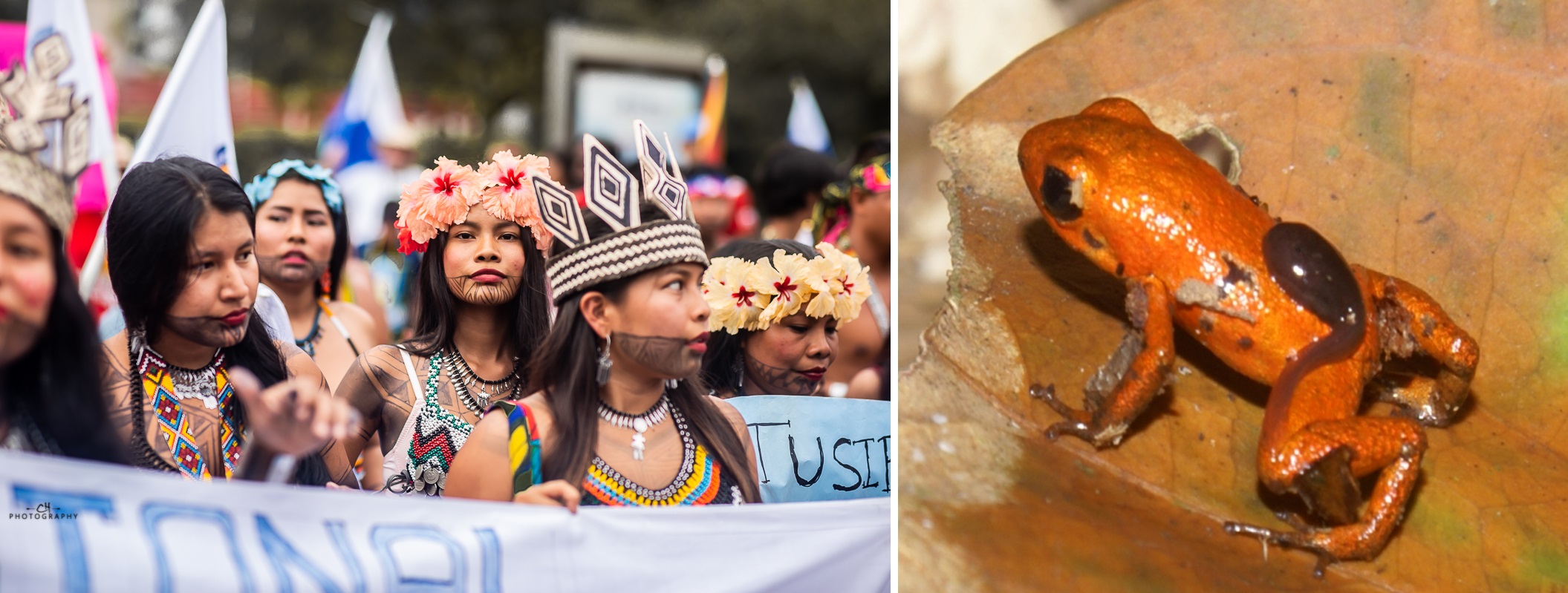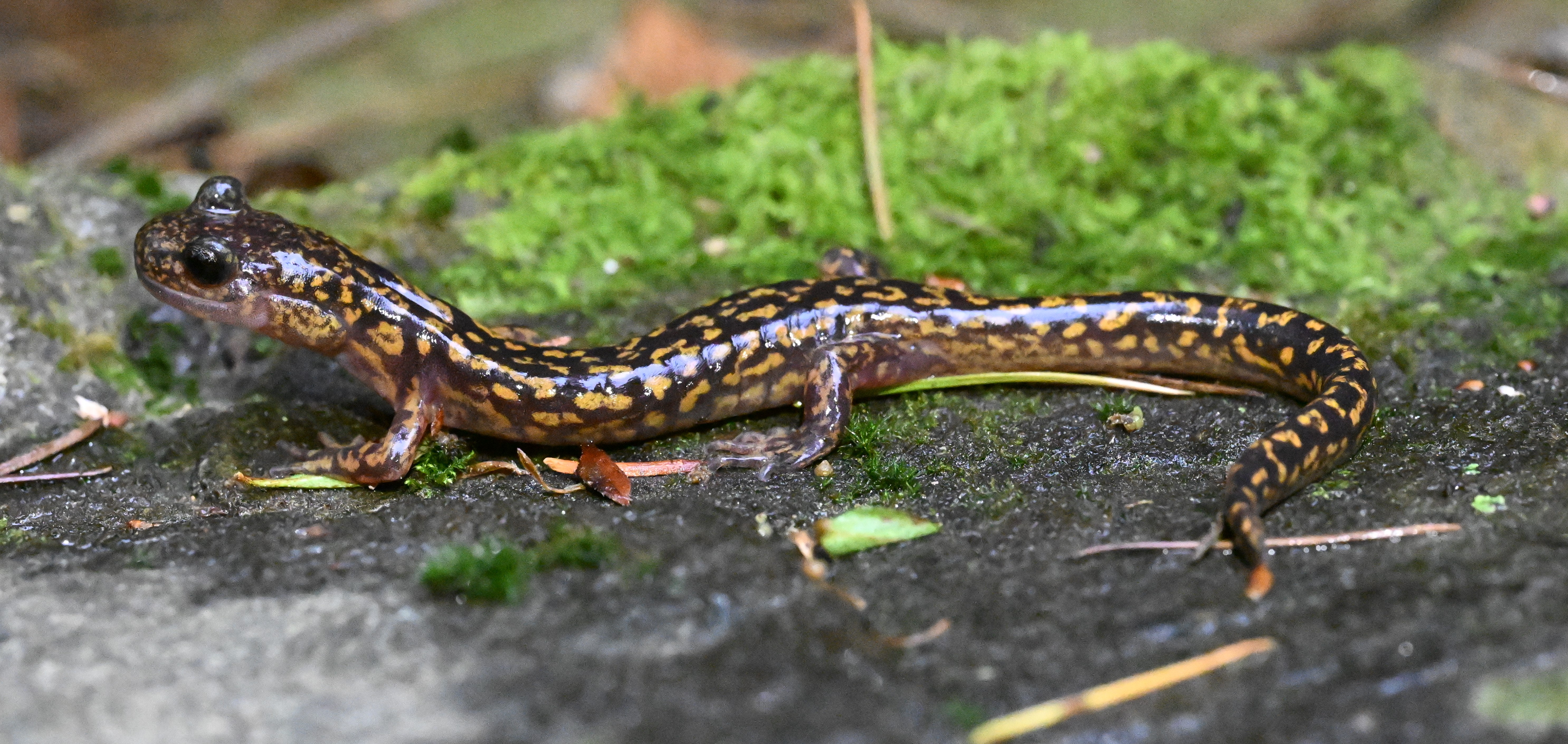A new book Continental Northeast Asian Amphibians: Origins, Behavioural Ecology, and Conservation, written by Co-Chair of IUCN-SSC Amphibian Specialist Group, Professor Amaël Borzée, is available now. This 240-page book is the first-ever comprehensive compilation of knowledge on the amphibians of continental northeast Asia, introducing the biogeographic history, behavioural patterns, ecological requirements, and threats in the […]
News Blog
Introducing the ASG Webinar Series
We are thrilled to announce the launch of the ASG Webinar Series, a new initiative designed to bring together experts, researchers, and enthusiasts from around the world to discuss amphibian conservation. This exciting program will cover a variety of topics including recent research findings, conservation efforts, and outreach initiatives. Meet Your Webinar Officers: Contact for […]
Minera Panamá operations pose severe thr
Coalition joins Panamanians across the country in urging Supreme Court to reject Central America’s largest open-pit copper mine Left: Protests in Panama, photo by @enlayesk507; Right: The Critically Endangered Gemini’s dart frog, photo by Abel Batista. On November 24, Panama’s Supreme Court will decide the future of an open-pit mine bigger than Manhattan that continues […]
New Strategic Amphibian Conservation Pla...
ASG Brasil has prepared a released its second Strategic Amphibian Conservation Plan (PECAn – Plano Estratégico de Conservação de Anfíbios), this time covering the rustic tree frog (Pithecopus rusticus)! Pithecopus rusticus is one of the Brazilian amphibian species with high priority for conservation, that is, those that are at greatest risk of extinction in the short […]
Climate change emerges as major driver o...
Habitat destruction and disease are both well-documented causes of the decline of amphibians—among the most threatened animals on the planet—but a new paper analyzing two decades’ worth of data from around the world has found that climate change is emerging as one of the biggest threats to frogs, salamanders, and caecilians. The study was published […]




